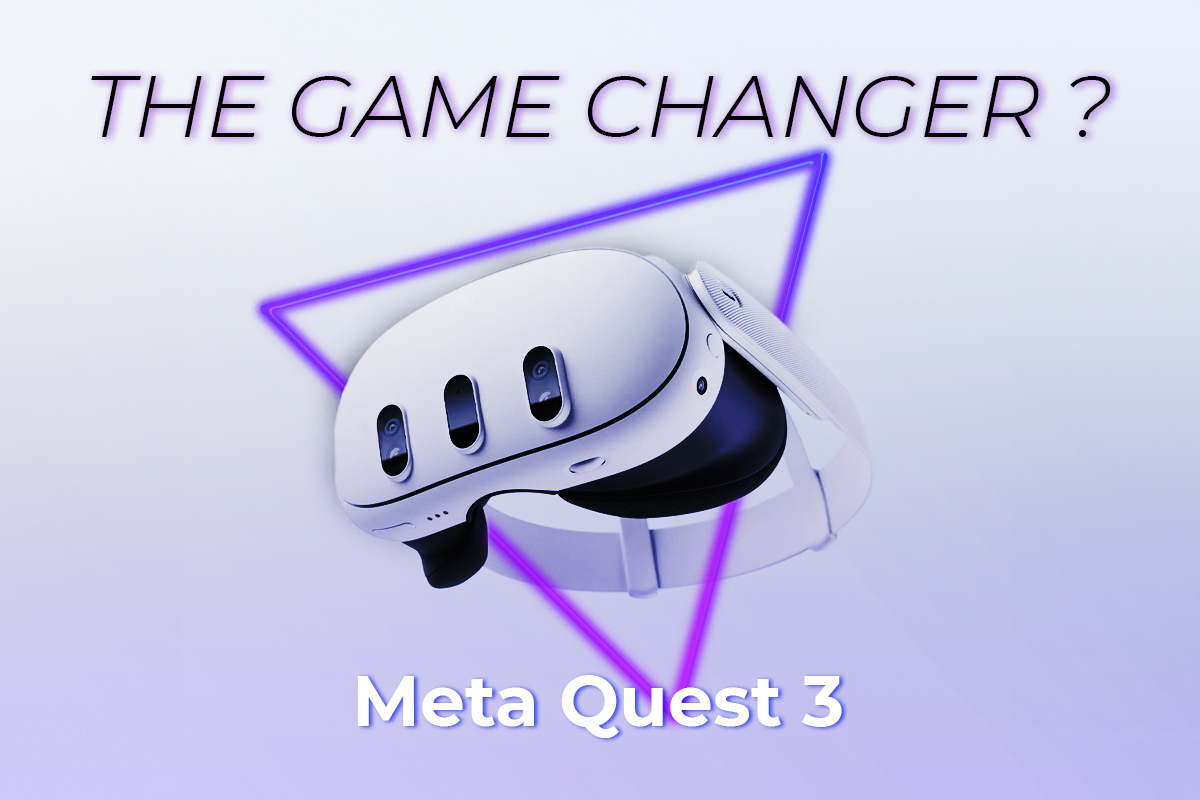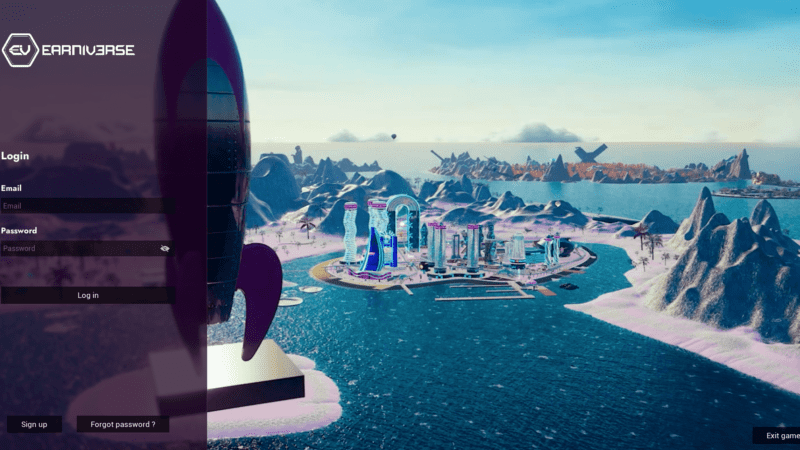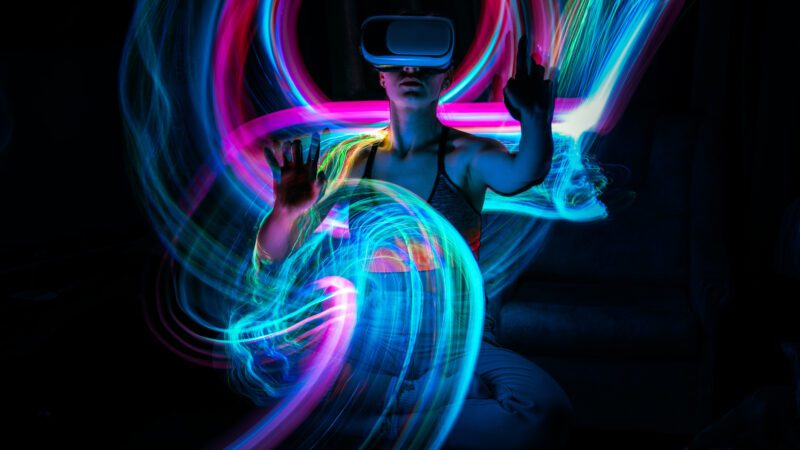Meta Quest 3 – Is the game changer for mass adoption now available?

The Meta Quest 3 is the latest addition to the Meta Quest series, and it brings several exciting improvements over its predecessor, the Quest 2. In this article, we quickly explore the hardware capabilities of the Meta Quest 3 and discuss some possible misconceptions about its competition with the Apple Vision Pro.
Hardware Excellence
The Meta Quest 3 boasts impressive hardware that enhances the overall VR experience. With a slimmer profile and an array of camera lenses on the front, this headset stands out from its predecessor. Some key specifications include:
- Improved graphical performance: The new Snapdragon XR2 Gen 2 chipset powers the Meta Quest 3, delivering enhanced graphics and performance.
- Mixed reality experiences: The Meta Quest 3 offers mixed reality experiences that blur the line between virtual and real-world environments.
- Great design: The slimmed-down design of the Meta Quest 3 makes it comfortable to wear for extended periods.
Not a Competitor to Apple Vision Pro?
Contrary to popular belief, the Meta Quest 3 is not clearly directly competing with the Apple Vision Pro. These two products cater to different markets and serve distinct purposes. It offers mixed-reality experiences that blend virtual and real-world environments. So does the Quest 3. Then where is the difference?
Beyond the amount of engineering and the quality of materials, the fidelity of the screens and so on, the main differentiator is the raw power.
Regarding the power comparison between the Apple Vision Pro and the Meta Quest 3, it’s important to note that the Apple Vision Pro is a standalone computer by itself. Using the M2 chip, the Apple Vision Pro’s power can be likened to that of a MacBook Air, while the Meta Quest 3 utilises a smartphone level system-on-a-chip (SoC). These two devices potentially cater to different markets and serve distinct purposes. On one hand, Meta might be trying to appeal to the mainstream, the mass market, such as casual users, budget gamers and media consumers, small businesses etc. On the other, hand Apple might have a very focused approach, targeting the professional sector, communications and high end consumers and gamers. A thing to always keep in mind is Apple’s own ecosystem of interconnected services and hardware.
As Vision Pro is still around a year away from being available worldwide, Quest 3 has the upper hand being available now.
However, you can also see this playing in Apple’s hands as the developers will be developing the apps in parallel, meaning when Vision Pro is out it will already come with a hefty app collection. And what might hold the key? The software.
The Challenge of Limited VR Software
One of the challenges the VR industry faces is the lack of great VR software. While hardware advancements like the Meta Quest 3 push boundaries, there is a need for innovative developers who can create immersive VR applications that captivate users and showcase the true potential of VR technology.
This is precisely where Earniverse emerges as a game-changing force. By ingeniously intertwining the realms of gaming and VR, Earniverse introduces an immersive 3D open-world environment where innovation converges with blockchain technology while providing content creators and game editors a unique decentralized platform to showcase, promote and sell their content.
In this groundbreaking ecosystem, every asset and financial transaction is securely and transparently linked to the blockchain, offering users an unparalleled level of immersion, authenticity, and ownership within the digital world.
Earniverse’s unique approach heralds a new era in the VR industry, where users can explore, create, and trade in a metaverse that blurs the lines between the digital and physical, reshaping the very foundations of the VR experience using the power of VR headset brands such as Meta Quest 3 and Vision Pro to provide ongoing innovative experiences to its community.







